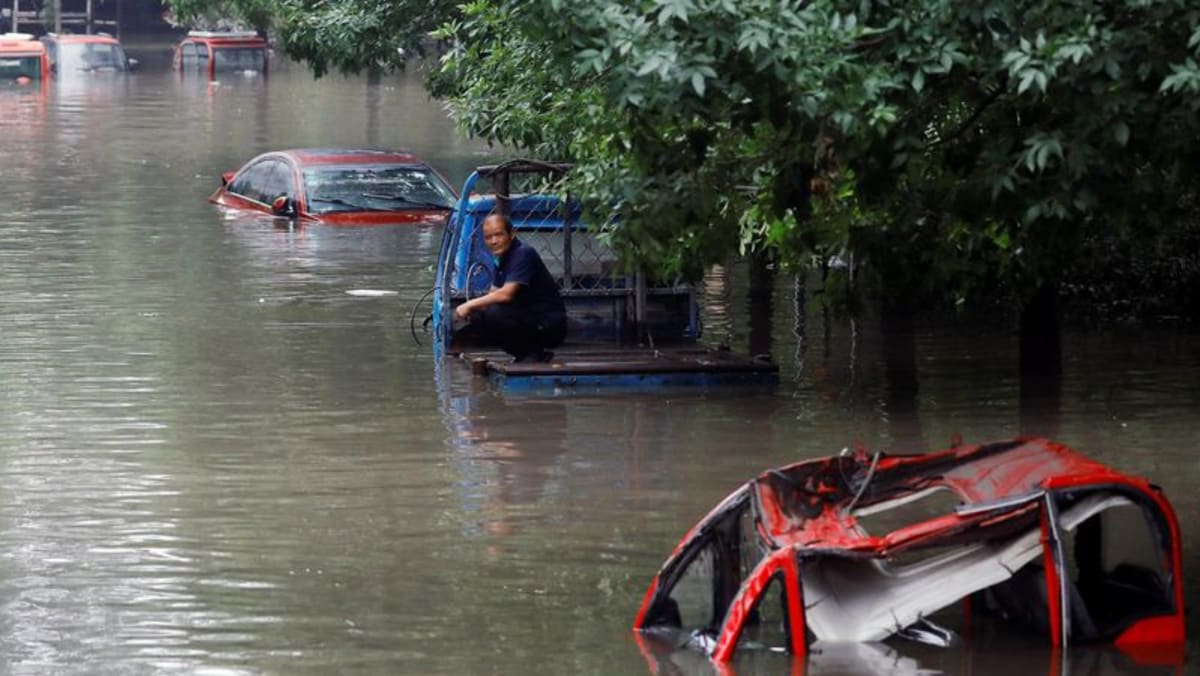Commentary: From freezing -53°C to scorching 52°C, how can China adapt to a new normal

DAMS AND FLOOD CONTROL
Hydropower is one of the oldest and largest sources of renewable energy. During the last 30 years, China has accelerated construction of large dams within the country. It has developed new designs and construction techniques as a result of which large dams can be designed and built more economically and quickly than any other country. Its continuous investment has ensured that in terms of dam construction and operation, the country is at least six to 10 years ahead of its nearest competitors.
Pre-2015, China’s main reasons for constructing dams were electricity generation and reliable provision of water for all uses. However, post-2015, it realised that such dams could play major roles in managing extreme hydrometeorological events such as floods and droughts.
A good example is in early August 2020, when the Dadu River Hydrometeorological Centre issued a warning for heavy rain from Aug 12 to 18. Their model indicated that flood peak at Gongzui power station in Sichuan could well exceed 12,000 cubic metres per second. Three days before the flood was expected, significant quantities of water were released from Pubugou Reservoir. As a result, when the heavy flood arrived on Aug 18, the reservoir managed to store 500 million cubic metres of flood water.
Consequently, peak flow from downstream of Gongzui power station was reduced from 12,600 cubic metres per second to 7,500 cubic metres per second, reducing a once-in-a-century flood to an ordinary flood.
This was possible because the authorities managed to develop and use sensors, robots, high-definition pictures and sound, big data analytics, internet of things and mobile internet, to collect, transmit, store and analyse data.
Source: CNA















